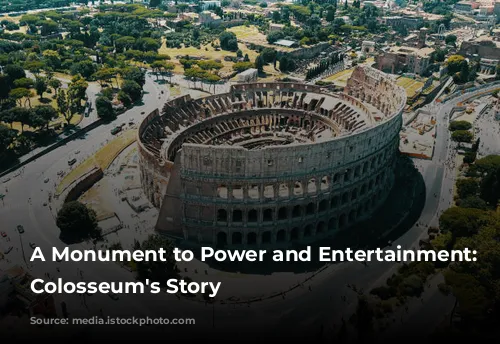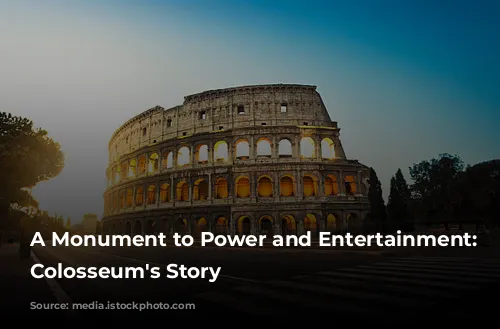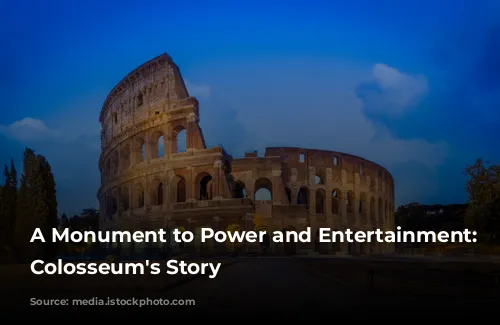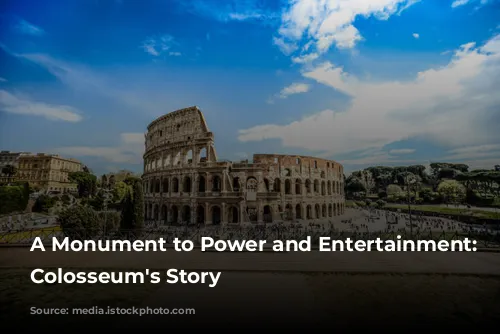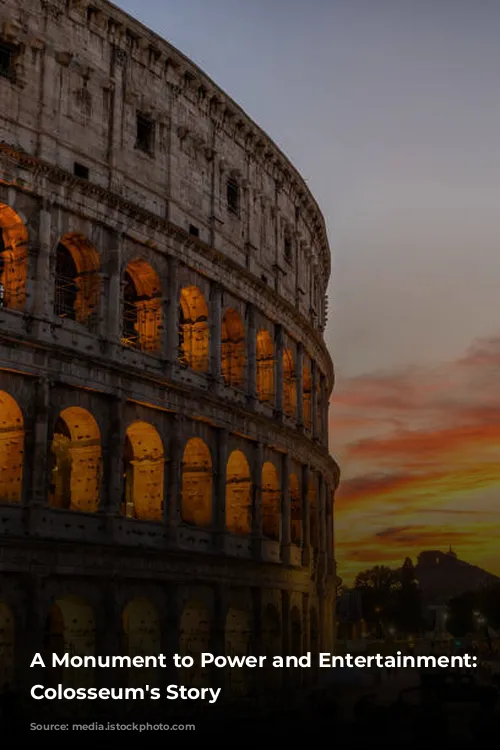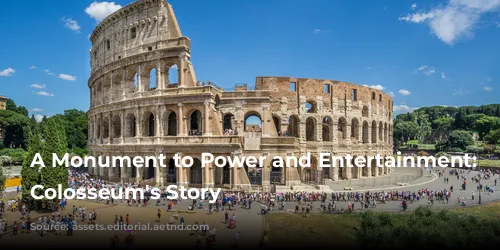The Colosseum, also known as the Flavian Amphitheater, stands as a symbol of ancient Rome’s architectural brilliance and the grandeur of the Roman Empire. While its purpose was primarily for spectacular entertainment, it also reflects the complex social structure of the Roman world and the power of the Flavian Dynasty.

A Symbol of Resurgence
The Colosseum was more than just a place for games; it was a statement of Roman power. After a period of chaos and destruction, the Flavian Dynasty, led by Emperor Vespasian, launched an ambitious building program to restore Rome to its former glory. The Colosseum was a key part of this program, funded by the spoils of war from the conquest of Jerusalem. Its dedication 10 years later marked a symbolic return to peace and prosperity for the city.
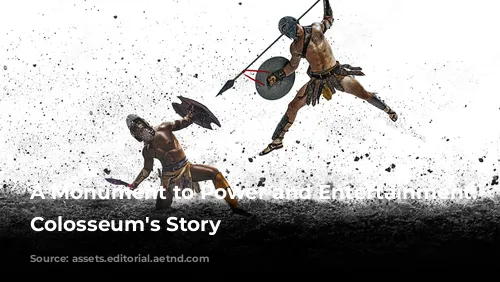
Engineering Marvels
The Colosseum was a remarkable achievement of Roman engineering. Constructed primarily from concrete, travertine, marble, stone, and timber, the Colosseum towered 157 feet, capable of holding an estimated 50,000 to 80,000 spectators. Its massive scale and intricate design make it the largest and most complex permanent amphitheater of the ancient world.
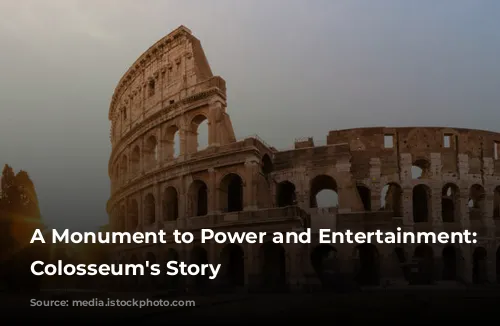
Social Hierarchy in Stone
The Colosseum’s seating arrangement mirrored the rigid social hierarchy of Roman society. The best seats, closest to the arena, were reserved for the Emperor and the Roman elite. Further up, the Equestrian order, comprised of wealthy merchants and officials, occupied their designated seating areas. The vast majority of the population – women, foreigners, and the poor – were relegated to the less desirable upper sections.
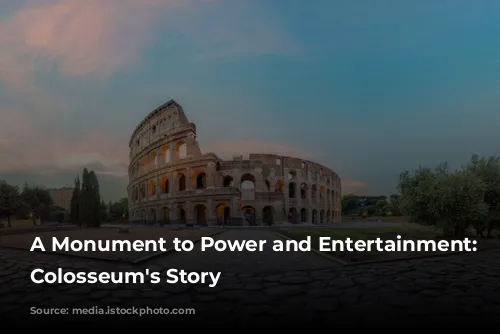
A City Within a City
The Colosseum’s intricate design facilitated the orderly movement of its vast crowds. Four entrances were reserved for the elite, while 76 entrances served the general public. Corridors separated the different social groups, ensuring a controlled and hierarchical flow of spectators. Despite the rigid social hierarchy, the Colosseum’s elliptical design ensured that everyone could see the action in the arena.
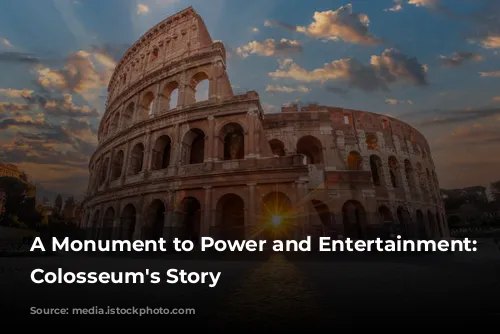
A Legacy of Innovation
The Colosseum’s innovative design had a significant impact on future architecture. While the Colosseum’s architect remains unknown, its design was influenced by earlier Greek theaters and amphitheaters. The Colosseum’s use of concrete was groundbreaking and its construction was a testament to Roman engineering prowess.
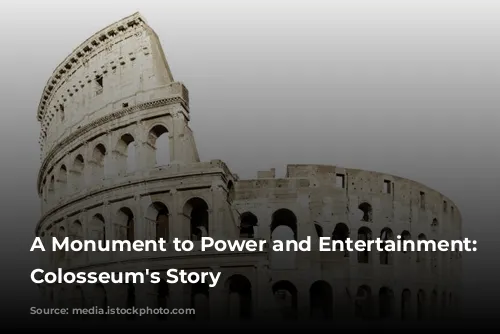
Built to Last
The Colosseum’s foundation was meticulously constructed, ensuring its stability despite its location in a wetland area near the Tiber River. The Colosseum’s enduring structure is a testament to the skill of Roman engineers and the ingenuity of their building techniques.
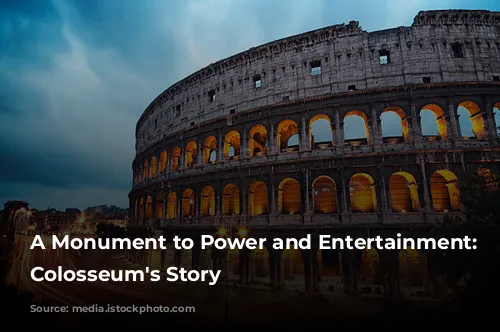
A Stage for Spectacle
The Colosseum was much more than a building; it was a stage for spectacle. Its sophisticated drainage system allowed for mock sea battles, while a retractable awning provided shade for spectators. The hypogeum, a complex network of chambers and tunnels beneath the arena floor, housed props, scenery, and participants. The Colosseum’s ingenious system of trap doors, pulleys, and lifts allowed for dramatic entrances and exits, creating awe-inspiring moments for the audience.
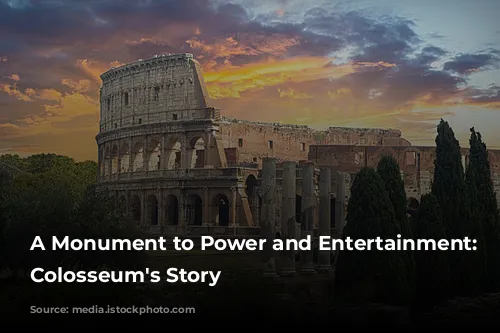
The Colosseum’s Untold Story
While scholars believe that the Colosseum was partly financed by the spoils of war from the conquest of Jerusalem, the source of the labor used to build it remains debated. The conventional wisdom suggests that Jewish slaves captured during the Siege of Jerusalem were used to construct the amphitheater. However, this claim lacks solid evidence and should be approached with caution.
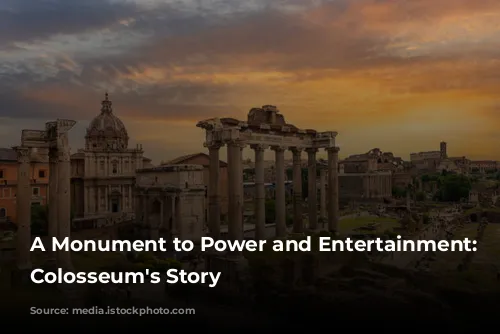
A Lasting Legacy
The Colosseum stands as a testament to the ingenuity, power, and social complexities of the Roman Empire. Its legacy extends far beyond its historical significance; it continues to inspire architects and engineers to this day. The Colosseum’s iconic status is a reminder of the enduring power of human creativity and the ability of architecture to shape societies.
